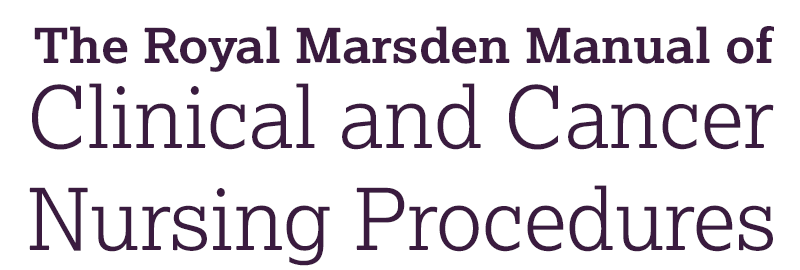Chapter 4: Infection prevention and control
Skip chapter table of contents and go to main content

Evidence‐based approaches
The key considerations for hand hygiene are: when should hands be decontaminated, what with and how? The WHO uses the concept of ‘My 5 Moments for Hand Hygiene’ as a means to focus hand hygiene where it matters – at the point of patient contact (Sax et al. [108]) (Figure 4.8). The WHO describes the ‘patient zone’ as an imaginary line around the patient. The patient zone is not necessarily a bed or chair; it is wherever the patient is. The WHO then describes the opportunities for hand hygiene within the patient zone. These are:
- Moment 1: Entering the patient zone before patient contact.
- Moment 2: Carrying out a clean or aseptic procedure.
- Moment 3: Handling blood or body fluids.
- Moment 4: Leaving the patient zone after patient contact.
- Moment 5: After contact with the patient's immediate environment.

Figure 4.8 ‘My 5 Moments for Hand Hygiene’.
Source: Reproduced from Sax et al. ([108]) with permission of Elsevier.
Bare below the elbows
In order to facilitate effective hand hygiene it is expected that all healthcare workers should be ‘bare below the elbows’ when giving patient care (NICE [85]). This involves wearing short‐sleeved clothing, not having false nails or nail varnish, and removing all wrist and hand jewellery to allow effective hand hygiene up to and including the wrists (DH [22]). A plain, smooth metal ring is usually acceptable; however, it should be moveable to ensure decontamination and drying underneath (NHS England and NHSI [82]). There is some debate as to whether it is necessary to be bare below the elbows in a clinical area if not giving care. This may be acceptable in some organizations for non‐uniformed staff if they are having no direct patient contact – for example, a ward clerk sat at a desk, or staff visiting other staff in offices on the ward. However, ideally everyone entering a ward should be able to easily decontaminate their hands and this is best facilitated by being bare below the elbows.





